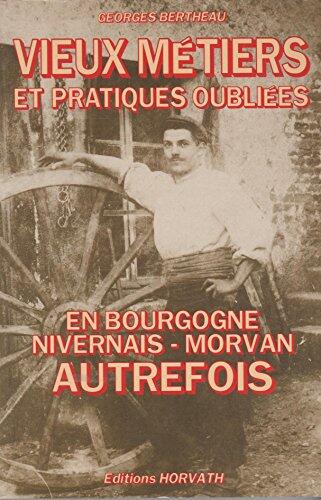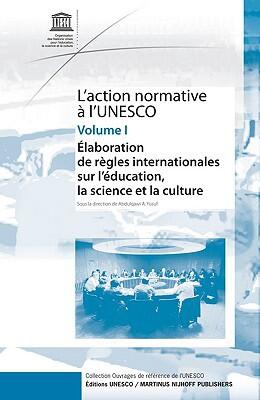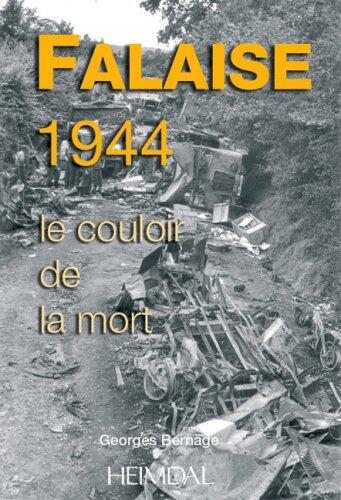
Vieux métiers et pratiques oubliées en Bourgogne, Nivernais, Morvan autrefois
还没有评分
History
格式
平装书
页数
159
语言
法语
已发布
Jan 1, 1987
出版商
Horvath
ISBN-10
271710500X
ISBN-13
9782717105001
描述
In the heart of Burgundy, there lies a tapestry of forgotten trade and ancient practices, intricately woven into the region’s history. Georges Bertheau invites readers on an evocative journey through the landscapes of Nivernais and Morvan, where time-honored skills and professions have gradually faded into obscurity. With every page, the author articulates a poignant nostalgia for a way of life that has been overshadowed by modernity.
Bertheau's narrative unfolds like a series of vignettes, each illuminating a different aspect of bygone professions. Through rich descriptions and careful research, he paints a vivid picture of artisans who once shaped the very fabric of their communities. Readers are introduced to the tools, techniques, and traditions that were once prevalent, offering a window into a world that thrived on craftsmanship and regional sustainability.
As the narrative progresses, the subtle wisdom embedded in these forgotten practices becomes apparent. Bertheau delves into the socio-economic influences that led to the decline of these venerable trades, prompting reflections on contemporary society’s relationship with heritage and environmental stewardship. The interplay between the past and present serves as a crucial reminder of the importance of preserving cultural legacies.
Ultimately, this exploration of France's rural occupations is not merely a catalog of historical curiosities; it is a heartfelt homage to the artisans who worked tirelessly, the communities they nourished, and the invaluable knowledge that risks being lost. Through Bertheau’s meticulous storytelling, readers are encouraged to appreciate the richness of history while pondering their own connections to the crafts of old.
Bertheau's narrative unfolds like a series of vignettes, each illuminating a different aspect of bygone professions. Through rich descriptions and careful research, he paints a vivid picture of artisans who once shaped the very fabric of their communities. Readers are introduced to the tools, techniques, and traditions that were once prevalent, offering a window into a world that thrived on craftsmanship and regional sustainability.
As the narrative progresses, the subtle wisdom embedded in these forgotten practices becomes apparent. Bertheau delves into the socio-economic influences that led to the decline of these venerable trades, prompting reflections on contemporary society’s relationship with heritage and environmental stewardship. The interplay between the past and present serves as a crucial reminder of the importance of preserving cultural legacies.
Ultimately, this exploration of France's rural occupations is not merely a catalog of historical curiosities; it is a heartfelt homage to the artisans who worked tirelessly, the communities they nourished, and the invaluable knowledge that risks being lost. Through Bertheau’s meticulous storytelling, readers are encouraged to appreciate the richness of history while pondering their own connections to the crafts of old.



















